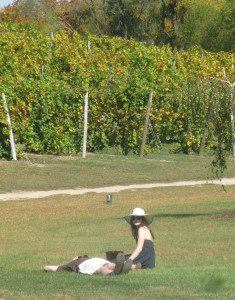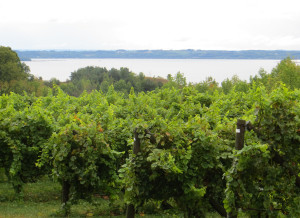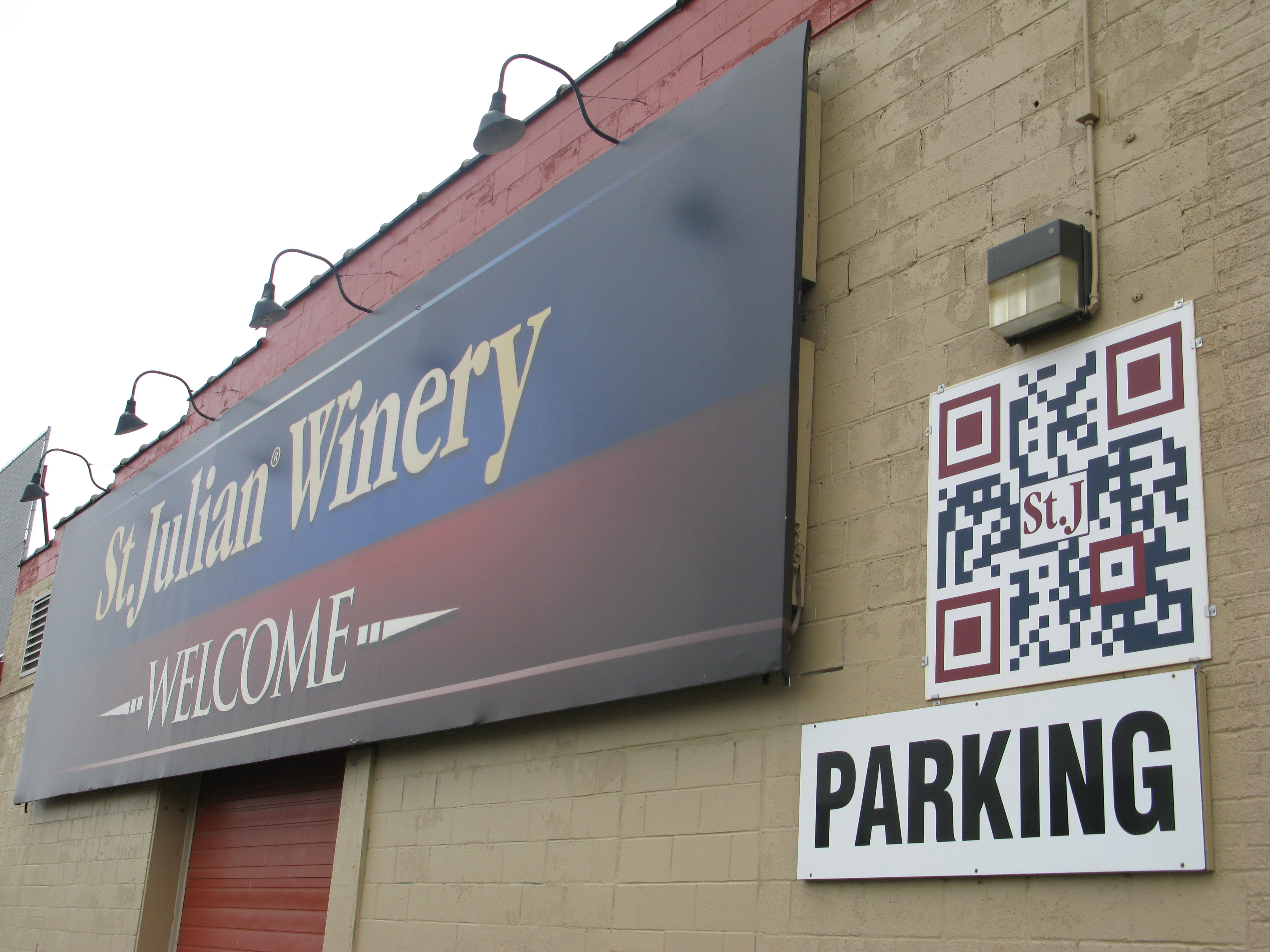Why Your Winery is the Local Attraction
As I travel around the Midwest talking to winery owners, I often hear this comment: “At my winery, it’s as much about the experience as it is about the wine.”
A genuine winery experience is marketable, as evidenced by the many wineries that have succeeded not only through the popularity of their wines but also by giving their largely urban customers something they can’t get in the city or the suburbs.
Back in 1989, Don Henley, formerly of the classic rock group the Eagles, wrote a lyric that still resonates today; “Somewhere back there in the dust, that same small town in each of us.” For many visitors, your winery represents that classic American “small town.”
While stereotyped images of rural life are largely inaccurate, the special role regional wineries play in customer’s lives is a result of a number of changes in American life over the past several generations. Consider that in 1900, 39% of Americans lived on farms; today it’s 1%. For many of your customers, your winery and vineyard are as close to food or beverage production as they will ever get.
A trip to a regional winery also provides an escape for urbanites and suburbanites who now have limited contact with owner operated businesses. (Shopping at Costco or Kohl’s is certainly efficient, but it does not provide much satisfaction at a human level.)
Your customers really do want to hear your story and the story of your winery. All tasting room employees should be able to recite the history of your winery in their own words. Adding comments about how your winery is connected to your region also gives agritourists a reason to feel good about spending their money at your tasting room.
It might seem obvious, but one of the greatest marketing tools each Midwest winery possesses is a completely unique story that visitors can relate to.
If you don’t have time or staff enough to talk with everyone personally, post some interesting articles or facts about your winery and your region on the walls. As a winery owner, you hold the title to a great locale for shooting photos of vineyards, winery events, harvests, happy customers, etc. (Get permission before photographing customers however.) Have your photos framed and hang them around your winery, especially in washrooms.
Here’s another suggestion: Take a moment to consider the lives and experiences of your urban clients.
Did you know that most people in this country no longer live within 50 miles of where they grew up?
To climb the corporate ladder today generally means a transient lifestyle for a long period. And when many people do come back home, they probably find their hometowns unrecognizable anyway.
DuPage County, Illinois, outside of Chicago where I grew up, is a good example. There are now few landmarks remaining from 40 years ago, instead the area is now mainly dead shopping malls stretching like mountains beyond mountains. (OK, I will stop quoting song lyrics.)
In a fast paced world, your winery is a bridge to the primal comfort that comes from being connected with a specific piece of unpaved land. Much of this romantic notion of wineries comes from France and Italy, of course. Europeans are often better than we are at expressing romantic concepts, but under our hard exteriors we Americans are sentimental about our history. The Disney theme park business is essentially built on this retro concept.
In a recent article in “Slow Wine Italy 2012,” the owner of a small Italian winery explained the difference between American mobility and the appeal of his winery this way: “A visiting American told me that every five years he moved 2,000 kilometers farther away from home. I’ve never lived more than 1oo meters from home my entire life.” The article goes on to describe the wine maker as “totally enamored of his corner of the Langhe hills…never seeing the need to move away and smiling when he thinks about the huge gap between his way of life and the life of the his American friend.
Finally, the American local food movement bodes well for the regional wine industry. If there’s not a local culinary scene in your area, meet with other local wineries to discuss attracting the right kind of restaurants. “Farm to table” is very fashionable in big cities currently.
During March, I attended the “Good Food Festival” in Chicago, which is a large, local food festival.
During a conference session on using fermentation to preserve food, presenter Ben Walker drilled down to the heart of the local food movement: “We humans can adjust our behaviors rapidly, the same way yeast and bacteria adapt to changing environments. We are very good at this, which is why we cover the planet from the Arctic to the Tropics. Now, the way for us to cover the planet in a less destructive fashion is to explore some of the old ways from when we were exquisitely tuned into the processes of localities. By returning to the geography of specific places and the ways of traditional cultures we have the potential for transforming some aspects of our society which are dysfunctional.”
So what does all this mean for your winery? Keep expressing your local personality. Involve and engage your customers as much as possible. Share the beauty you have created and your business will grow.





